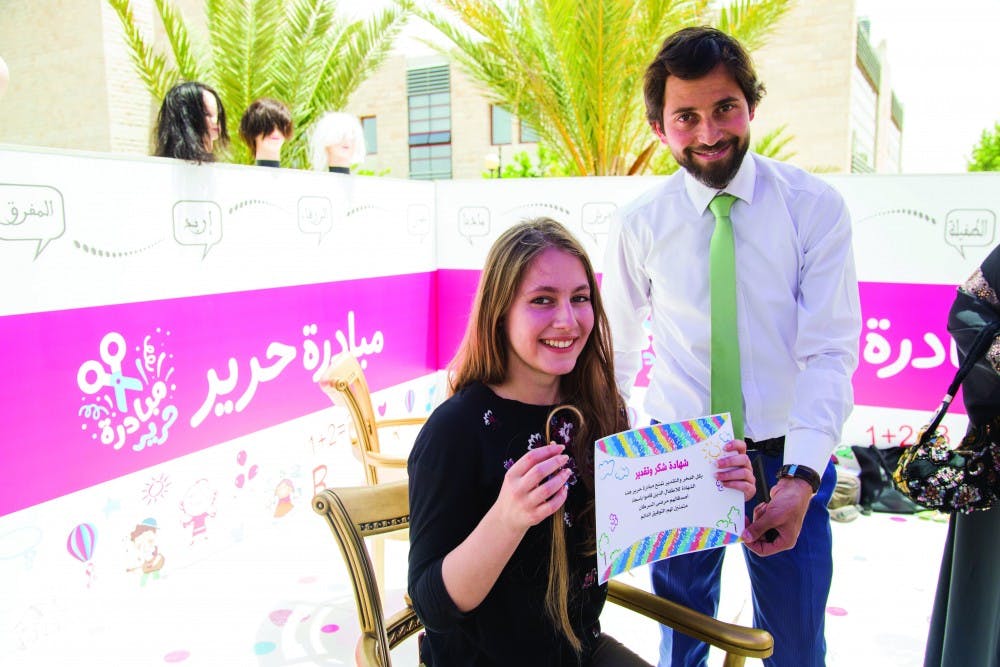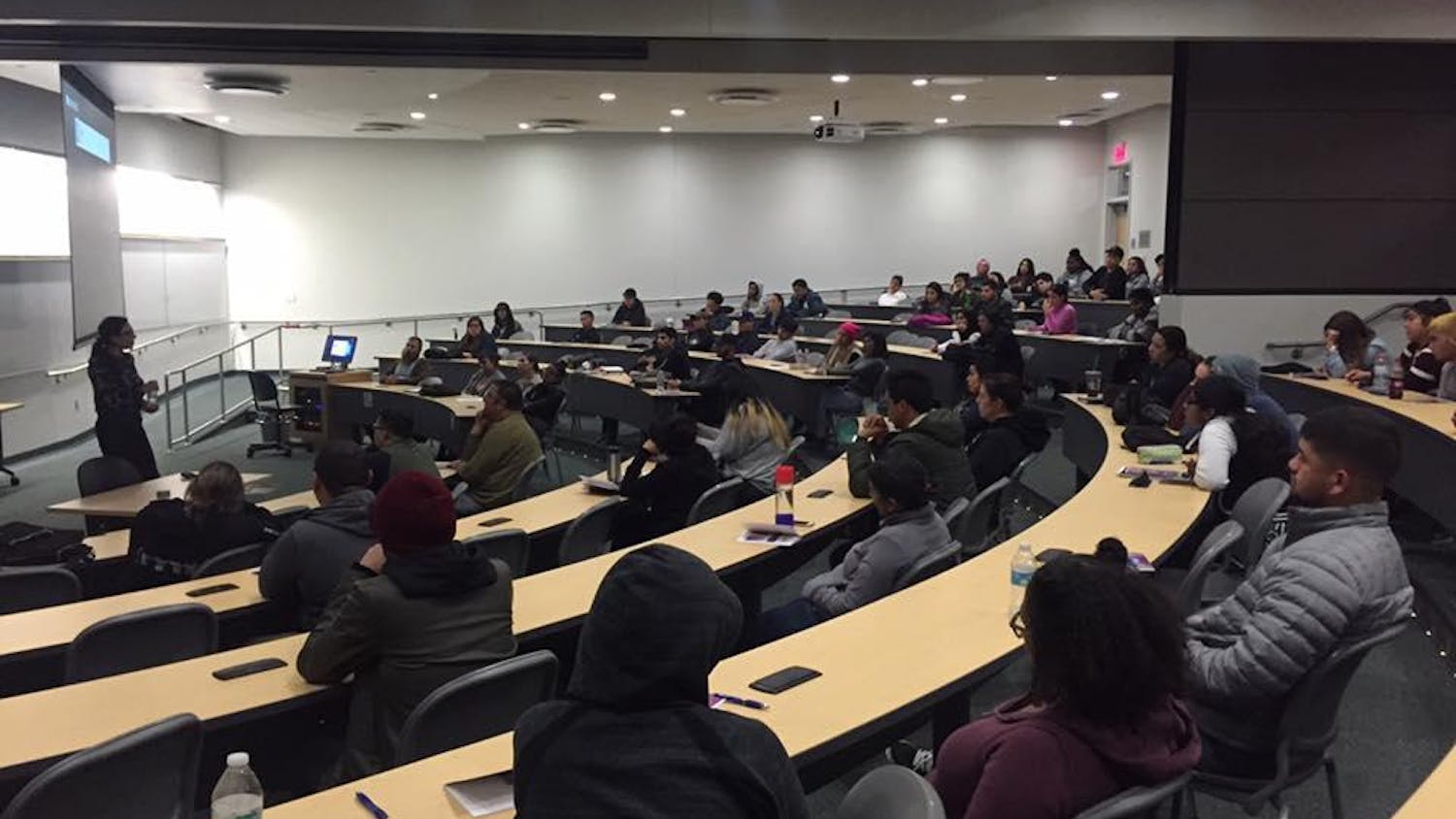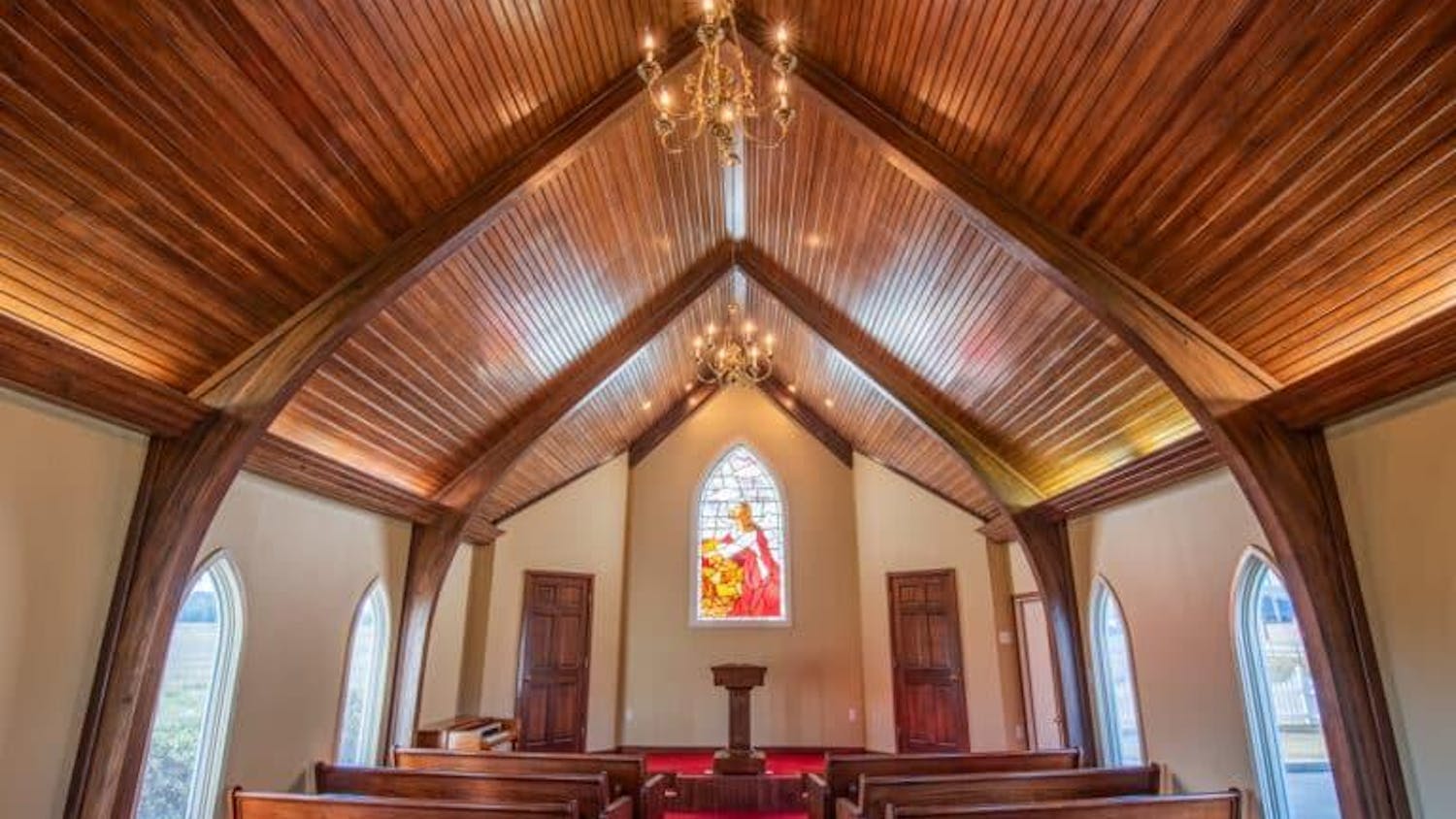By Abigail Roberts | Contributor
Organizations like Locks of Love or Wigs for Kids are common in the United States. In Jordan however, Hareer, which means silk in Arabic, is pioneering a new frontier in creating handmade wigs for children.
Each wig costs around $1,000 to make and takes two weeks to complete. Founder Nehad Dabbas has created six wigs in the last year from donated hair. He styles them by hand, hoping to replicate the patient's hairstyles before their chemotherapy treatment began.
"I don't sleep, I can't stop thinking of all I could do," Dabbas said. "I give all the wigs at no price, for free even if it costs me."
Since Hareer's founding in 2017, other similar grassroots organizations have begun to spring up, such as Khasal which means hair locks in Arabic. Khasal creates wigs primarily for female cancer patients.
Within Jordan, cancer is the second leading cause of death. Over 15,000 Jordanians suffer from cancer, 5,000 new cases yearly. The most common types of cancer among children in Jordan are leukemia, brain cancer and lymph node cancer, according to the King Hussein Cancer Foundation.
Dabbas' heart for reaching cancer patients stemmed from his uncle's own cancer battle. As his uncle underwent treatment, Dabbas would come visit him in the hospital and cut his hair. His sudden passing left Dabbas in shock.
Around the same time, Dabbas met a boy named Ahmad. Ahmad was sitting forlornly reading a magazine on the salon couch as his friend was getting his haircut. Ahmad was wearing a hat to cover his loss of hair from leukemia treatment. As Dabbas saw all the strands of hair being thrown away as he cut his client's hair he knew that he had to do something.
"Why don't we cut, gather and use this hair to create wigs, to create hope?" Dabbas said. "Would you like me to create a wig for you to look like your old hair?" Dabbas asked Ahmad. Ahmad answered, "Yes."
Hareer was born. Dabbas and other volunteers run events in local malls and elementary schools to raise awareness and collect hair donations. Hareer fills these events with music, fun and free haircuts for all donors. Interestingly, the most common donors are children.
Leen, a cancer survivor herself, is only six years old. Her mother, Maha, was recently diagnosed with cancer and Leen is planning on cutting her hair to create a wig for her.
At a recent local university event, students gathered to donate their hair. Some donated because their immediate family members had suffered from cancer; others were hearing cancer patient's stories for the first time.
"I have been telling everyone to come and donate," said Jordanian university freshman Rahaf Faiz. "This is a topic that needs to be talked about more. . . . I want to start a creative business which raises money for cancer patients."
"When you let someone who is not sick help with the problem you are building a connection, said Wedad Saba, a lymphoma cancer survivor who volunteers with Hareer. "It is hard for someone to have this much passion and compassion without having experienced it."
Dabbas dreams of creating a community space within the Queen Alia children's cancer hospital with a hair salon, library, art space, English lessons and food donated from local companies. He also hopes to buy a bus equipped with blood drive services to take to Hareer's events.
Dabbas believes this message is for all the world.
"A human should not care just for his country," said Dabbas. "He should be driven by his love for others . . . I am making these patients dreams into a reality."





